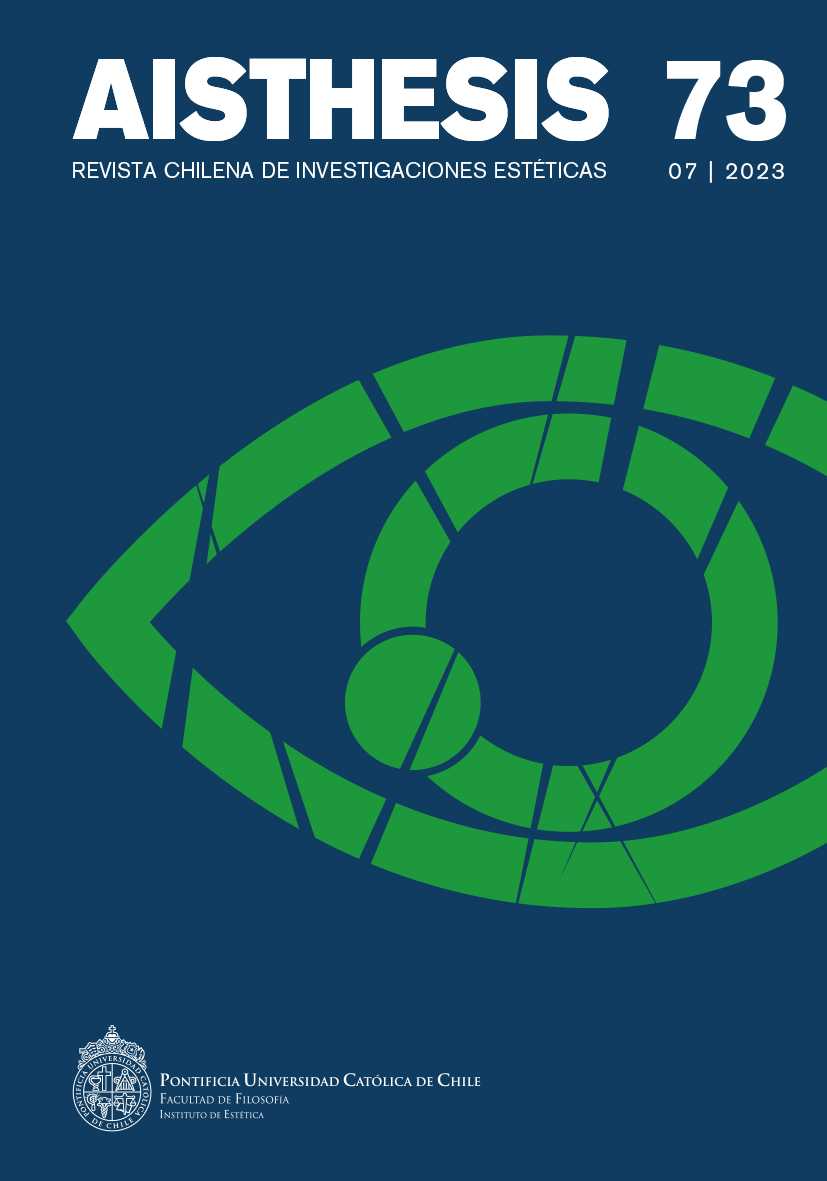Myth and ideology: workers’ representation in Harun Farocki’s audiovisual essay Arbeiter verlassen die Fabrik
Main Article Content
Abstract
The visual essay is constituted as an argumentative and narrative structure that, based on audiovisual elements, shows the director´s point of view. Arbeiter verlassen die Fabrik, a visual essay by Harun Farocki, evidences this possibility and is configured into a discursive tool, which exposes the worker like a social subject who is the central theme. The present work investigates this particularity, and review the fragments that make up this visual essay in order to examine it. In this exercise, the levels of meaning of Roland Barthes, and the categories text and speech of Teun Van Dijk are used. From this approach, the relationship between the myth and the ideology is developed in the visual constitution of the worker on film. Furthermore, this study examines the way in which this film constitutes a device for thinking about the worker as a social subject. To develop this research report, several frames are used as visual references of the sequences that make up the film. Each image contains itself the visual elements that provide information for reflection. In concert, all these components come together into the epistemological categories in order to achieve a confluence from the levels of meaning go to the analysis of discourse. This essay is interested in analyze the subject worker, its communicational character of significance and significance, going from the informative to the obvious, and converge on the obtuse, recognizing in each step the mythical and ideological dimensions. Where the first makes a seductive politicity viable, a casual ascription towards the form of the subject that participates visually in the film. While the second dimension, on the other hand, engages that symbolic individual from an ethical subscription, rather than an aesthetic one. A relationship that involves the visual tensions expressed in the materiality of the visual essay of the subject worker.
Downloads
Article Details

This work is licensed under a Creative Commons Attribution-NonCommercial-ShareAlike 4.0 International License.
All contents of this electronic edition are distributed under the Creative Commons license of "Attribución-shareAlike 4.0 Internacional" (CC-BY-SA). Any total or partial reproduction of the material must mention its origin.
The rights of academic works published in this publication belong to their authors., who grant to AISTHESIS: Revista Chilena de Investigaciones Estéticas the license for its use. The management of the permits and the authorization of the publication of the images (or of any material) that contains copyright and its consequent rights of reproduction in this publication is the sole responsibility of the authors of the articles
